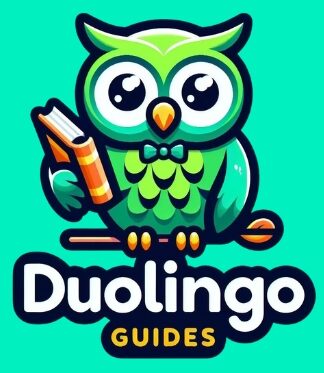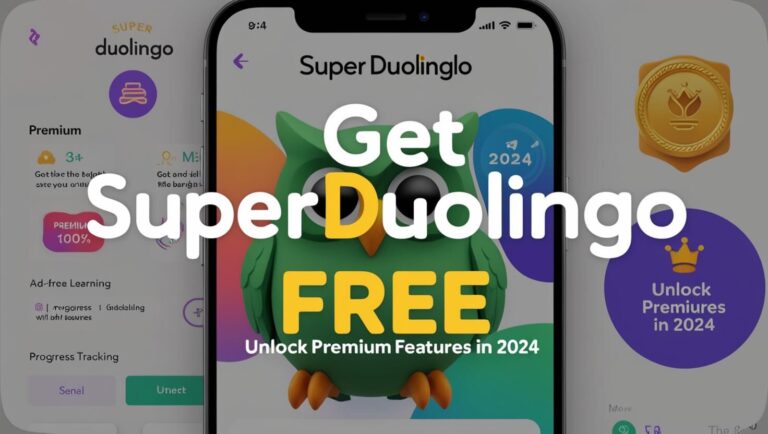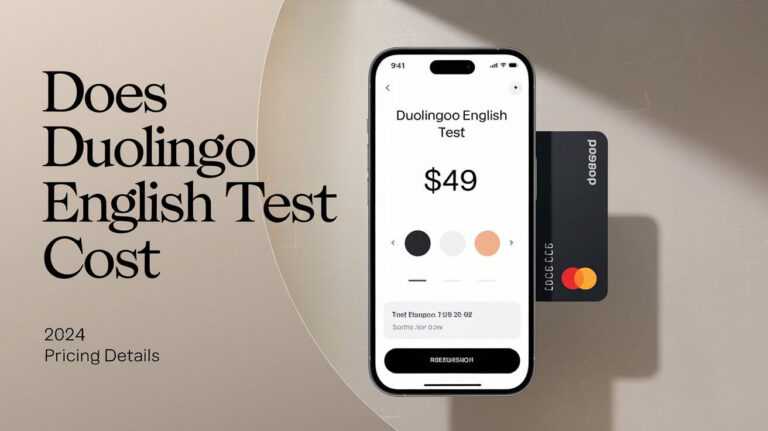The short answer is no, Duolingo does not currently offer an American Sign Language (ASL) course. However, this blog post will explore the reasons behind this and provide valuable alternatives for those interested in learning ASL.
American Sign Language is a complete visual-gestural language used by the Deaf and hard-of-hearing communities in the United States and parts of Canada. It has its grammar, syntax, and vocabulary distinct from English. Learning ASL not only facilitates communication but also fosters cultural awareness and cognitive development.
While Duolingo is a popular language learning platform, it primarily focuses on teaching spoken and written languages. Incorporating a visual language like ASL poses unique challenges due to the platform’s design and technical limitations.
Throughout this article, we will delve into:
- What American Sign Language (ASL) is and its importance
- Why Duolingo doesn’t offer an ASL course
- Alternative apps and resources for learning ASL effectively
- The benefits of learning ASL
- Tips for efficient ASL learning
So, let’s dive in!
What is American Sign Language (ASL)?
American Sign Language (ASL) is a natural visual-gestural language used by the Deaf and hard-of-hearing communities in the United States and parts of Canada. It utilizes hand shapes, movements, facial expressions, and body postures to convey meaning.
ASL has its unique grammar, syntax, and vocabulary distinct from English. It is not a word-for-word translation of English but rather a complete language with its own linguistic rules and structure.
ASL has a rich history and cultural significance. It emerged in the early 19th century and has since become an integral part of Deaf culture and identity.
Duolingo’s Language Offerings
Duolingo is a popular language learning platform that offers courses in over 40 spoken and written languages. While it covers a wide range of languages, including Spanish, French, German, and even constructed languages like Klingon, ASL is noticeably absent from its offerings.
The platform’s primary focus is on teaching languages through reading, writing, listening, and speaking exercises. However, ASL, being a visual-gestural language, presents unique challenges that Duolingo’s current design and technology may not be well-equipped to handle.
Why Doesn’t Duolingo Have an ASL Course?
There are several reasons why Duolingo does not currently offer an ASL course:
- Technical Limitations: Duolingo’s platform is primarily designed for teaching spoken and written languages. Incorporating a visual language like ASL would require advanced motion capture and sign recognition technology to accurately assess students’ signing abilities.
- Modality Differences: ASL is a visual-gestural language, while Duolingo is focused on teaching through reading, writing, listening, and speaking exercises. This modality difference makes it challenging to seamlessly integrate ASL into Duolingo’s existing learning format.
- Resource Constraints: Developing an ASL course would require significant resources, including native ASL instructors, video content creation, and specialized technology. As a free platform, Duolingo may face challenges in allocating the necessary resources for such a specialized course.
Duolingo has succeeded in teaching spoken and written languages, but ASL’s unique nature poses challenges the platform has yet to overcome.
Alternative Apps and Resources for Learning ASL
Despite the absence of an ASL course on Duolingo, there are numerous alternative apps and resources available for those interested in learning American Sign Language:
1. Lingvano
Lingvano is a popular app designed specifically for learning ASL. It uses a gamified approach similar to Duolingo, with interactive games, quizzes, and video lessons. Lingvano offers courses for both American and British Sign Language, making it a versatile option.
2. ASL Sign Language Pocket Sign
ASL Sign Language Pocket Sign is another app that focuses on teaching ASL vocabulary through bite-sized lessons and interactive exercises. It features a video dictionary with over 10,000 ASL signs, allowing users to expand their vocabulary effectively.
3. The ASL App
The ASL App is a straightforward and affordable option for learning ASL. It provides video flashcards for learning essential vocabulary and phrases, as well as a slow-motion feature to help users master complex signs.
4. Lifeprint
Lifeprint is a comprehensive free online resource for learning ASL. It offers video lessons, practice materials, and a vibrant community of learners and instructors.
5. ASL University
ASL University is another free online platform that provides ASL lessons, dictionaries, and resources for various levels of proficiency.
6. Start ASL
Start ASL is a beginner-friendly resource that teaches ASL through interactive video lessons and quizzes.
These are just a few examples of the many apps and resources available for learning ASL. While they may not replicate the gamified experience of Duolingo, they are specifically designed to meet the unique needs of ASL learners.
The Importance of Learning ASL
Learning American Sign Language (ASL) offers numerous benefits beyond simply acquiring a new language:
- Communication and Inclusion: ASL opens the door to effective communication with the Deaf and hard-of-hearing communities, fostering inclusivity and breaking down communication barriers.
- Cultural Awareness and Appreciation: By learning ASL, you gain insight into the rich culture and experiences of the Deaf community, promoting understanding and appreciation for diversity.
- Cognitive Development: Studies have shown that learning a visual-gestural language like ASL can enhance spatial awareness, visual memory, and cognitive flexibility.
- Career Opportunities: Proficiency in ASL can lead to various career paths, such as becoming an ASL interpreter, teacher, or working in fields that serve the Deaf community.
Learning ASL not only enriches your language skills but also contributes to personal growth, cultural understanding, and potential professional opportunities.
Tips for Effective ASL Learning
To learn ASL efficiently, you need dedication and the right techniques. Here are some tips to help you learn ASL:
- Immerse Yourself: Seek opportunities to practice ASL with native signers and immerse yourself in Deaf culture. Join local Deaf communities, attend events, or participate in online forums and social groups.
- Find a Qualified Tutor: Consider working with a qualified ASL tutor, either in-person or online, to receive personalized feedback and guidance on your signing skills.
- Combine Resources: Utilize a variety of resources, including apps, online courses, video lessons, and in-person classes. This multi-faceted approach can reinforce your learning and provide a well-rounded experience.
- Practice Regularly: Consistent practice is key to retaining and improving your ASL skills. Set aside dedicated time each day to review vocabulary, practice signing, and engage with ASL materials.
- Be Patient and Persistent: Learning a new language, especially a visual-gestural one like ASL, takes time and patience. Celebrate small victories and stay persistent in your journey.
By following these tips and utilizing the various resources available, you can effectively learn American Sign Language and open up new opportunities for communication, personal growth, and cultural understanding.
Conclusion
While Duolingo does not currently offer an American Sign Language (ASL) course, there are numerous alternative apps and resources available for those interested in learning this visual-gestural language. From Lingvano and ASL Sign Language Pocket Sign to free online platforms like Lifeprint and ASL University, learners can find a variety of options to suit their needs and preferences.
Learning ASL not only facilitates communication with the Deaf and hard-of-hearing communities but also offers cognitive benefits, cultural insights, and potential career opportunities. By following effective learning strategies, such as immersion, finding qualified tutors, and combining resources, you can embark on a rewarding journey of acquiring this valuable language.
Duolingo’s platform may not be ideal for teaching ASL now, but the language learning community is constantly evolving, and future innovations may make visual-gestural language learning possible.
So, whether you’re motivated by personal growth, professional aspirations, or a desire to bridge communication gaps, don’t hesitate to explore the world of American Sign Language. With dedication and the right resources, you can unlock a new mode of expression and unlock a world of possibilities.






